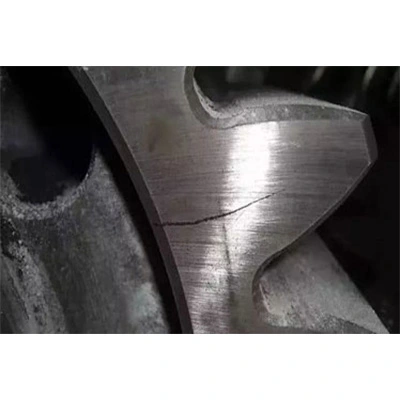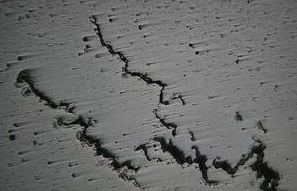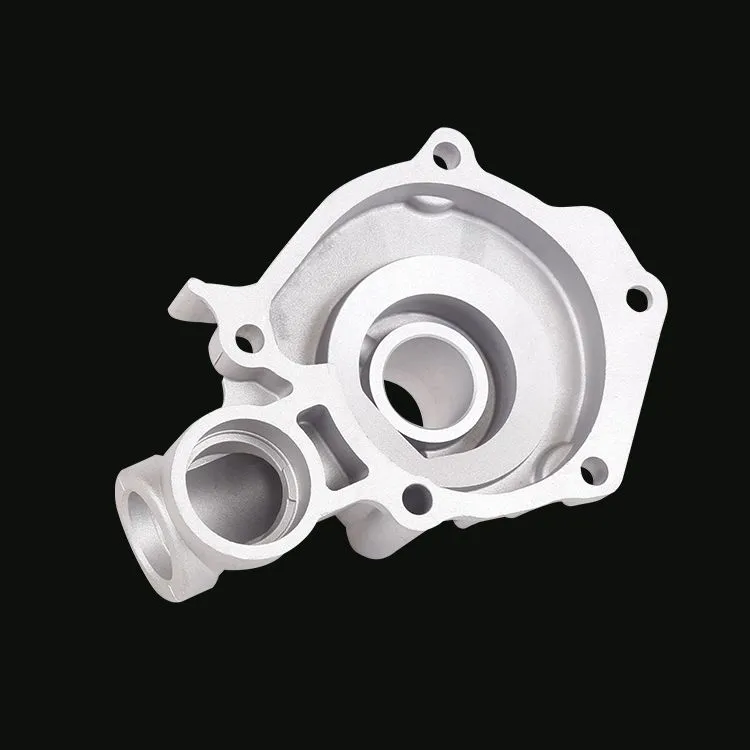

Cast aluminum is a process in which molten aluminum is poured into a mold and cooled to form aluminum parts in the desired shape. Castings obtained by casting aluminum are called aluminum castings.
During the casting process, aluminum castings are prone to defects such as internal looseness, shrinkage, and porosity. these castings with defects are after machined, the surface dense layer components are removed, but the internal tissue defects are exposed.
Casting crack: It is a crack formed at a higher temperature. It is easy to appear when the volumetric shrinkage of the casting is large and the thermal expansion coefficient is large.
Heat treatment cracks: Due to overheating or overheating caused by heat treatment, often showing trans-crystalline cracks.
1. The structural design of the casting is unreasonable, with sharp corners, and the thickness of the wall changes too much. If cracks occur in this case, the structural design of the casting should be improved to avoid sharp corners, and strive to strengthen wall thickness and smooth transition.
2. Cracks can also occur in sand molds (cores) with poor yielding properties. Measures should be taken to increase the concession of the sand mold (core).
3. Partial overheating of the mold will cause cracks, and it should be ensured that all parts of the casting are solidified simultaneously or sequentially, and the design of the pouring system is improved.
4. If the pouring temperature is too high, cracks will also occur, and the pouring temperature should be appropriately reduced.
5. When the casting is taken out from the casting mold too early and the casting will be deformed, the thermal correction method should be used. The cooling time of the mold should be controlled.
6. The heat treatment is overheated, and the cracks are generated after the cooling rate is excessively exciting. The thermal correction method is used when the casting is deformed. Correctly control the heat treatment temperature and reduce the quenching cooling rate.



